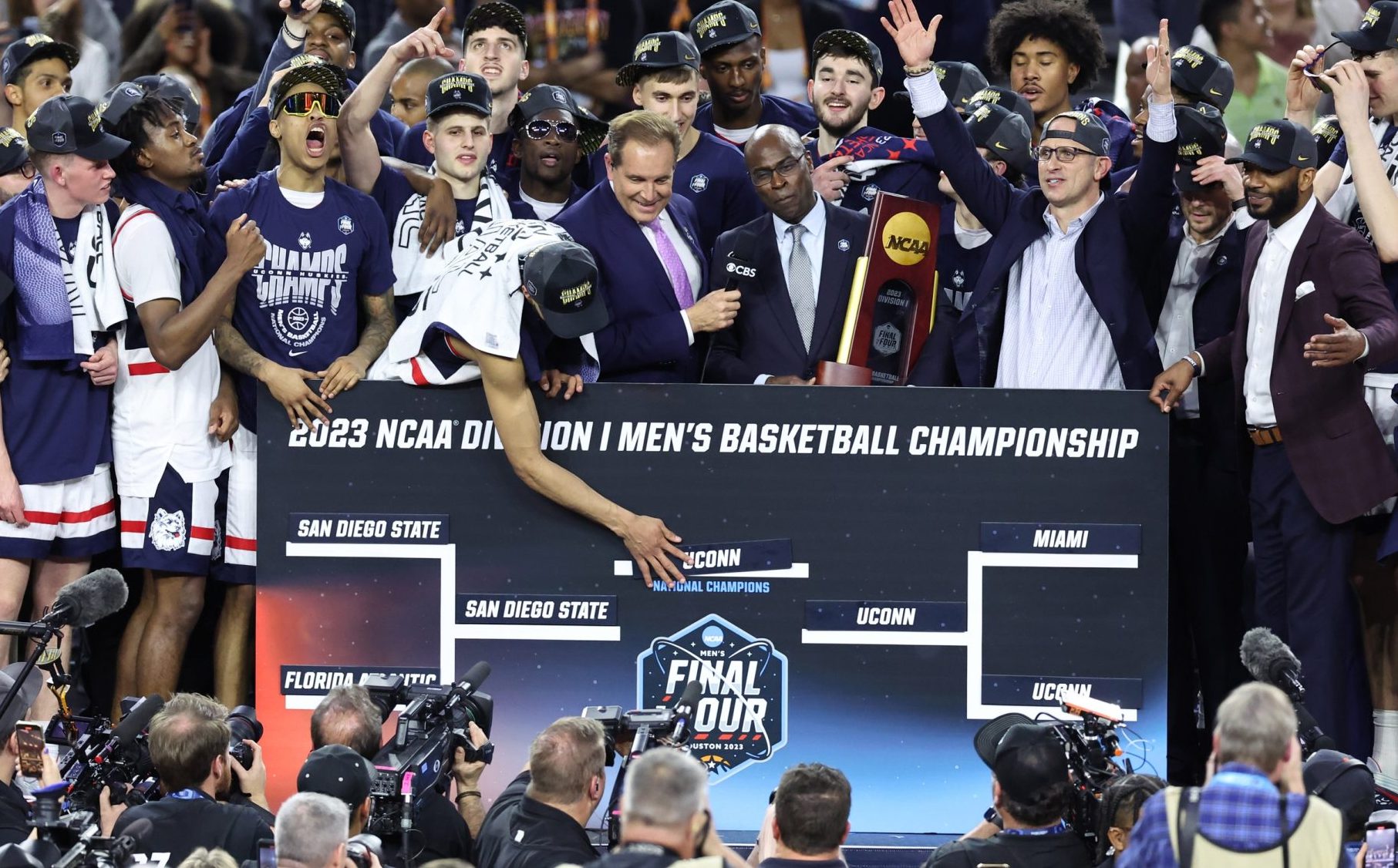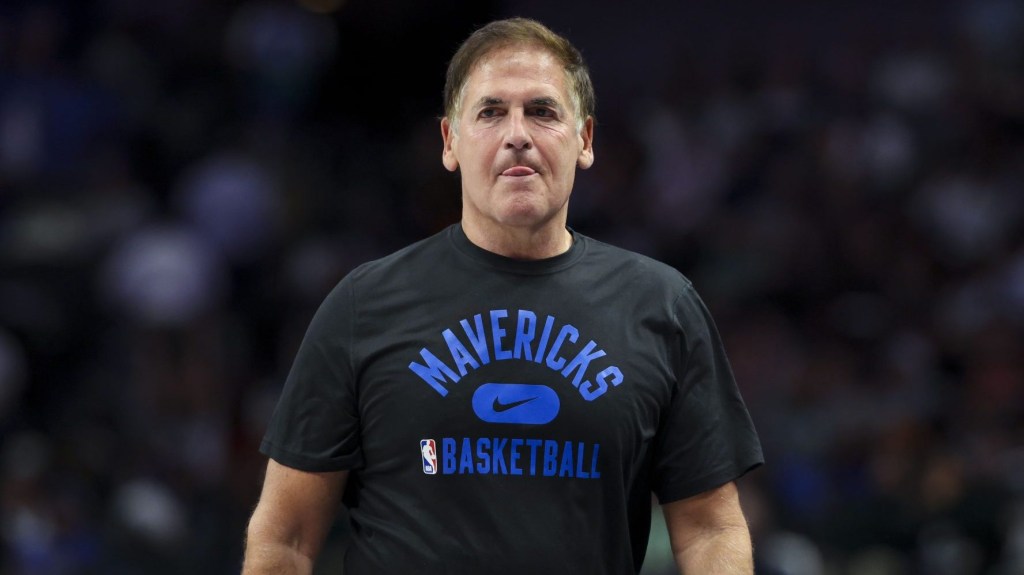March Madness officially begins Tuesday when the First Four of the men’s NCAA tournament tips off in Dayton, with 104 men’s and women’s games playing out across the country over the next week. Of note this year: The Big 12 and SEC have more teams in the men’s tournament than any other conference, putting them in prime position for a big payday, thanks to an NCAA unit system that rewards success in March.
The NCAA, which brings in some $900 million in annual media rights fees from CBS and Warner Bros. Discovery, allocates payment units to all 32 conferences that compete in the men’s tournament, with additional units handed out for at-large bids, and any schools advancing to subsequent rounds up until the Final Four. In recent seasons the unit value has been about $2 million each, according to multiple reports, and they are paid out to conferences over six years. In total, 132 units (worth, one can guess, at least $264 million) will be handed out, meaning that about $128 million should still be up for grabs via the 64 available units this month, in addition to the $136 million already set for the 68 tournament teams.
Last year, the SEC topped all other conferences with roughly $34 million from 17 units earned by its eight teams in the 2023 tournament, according to The Athletic. Here’s where things stand for conferences this year, based on how many teams they have in the tournament and the estimated amount of money they are already guaranteed:
- Big 12: 8 bids, $16 million
- SEC: 8 bids, $16 million
- Big Ten: 6 bids, $12 million
- Mountain West: 6 bids, $12 million
- ACC: 5 bids, $10 million
- Pac-12: 4 bids, $8 million
- Big East: 3 bids, $6 million
- American: 2 bids, $4 million
- Atlantic 10: 2 bids, $4 million
- WCC: 2 bids, $4 million
Mid-Major Stakes
The remaining 22 conferences are guaranteed $2 million each from their sole tournament bids. The financial stakes are particularly enormous for mid-major conferences that are able to land additional at-large berths beyond their conference champions. For years, a fervent debate has existed within college basketball as to whether it’s better to see a lesser-tier team from a Power 5 conference gain one of the final tournament slots versus a top-performing one from a mid-major—and many bracketology sites are devoted to that very question, with millions of dollars at stake for the involved schools.
But amid transformative change sweeping college sports, it’s only growing harder for those mid-majors to land bids on Selection Sunday. SEC commissioner Greg Sankey told ESPN last week that he now favors potentially eliminating automatic qualifiers for smaller conferences, particularly in the wake of Power 5 conference expansion.
“We are giving away highly competitive opportunities for automatic qualifiers [from smaller conferences], and I think that pressure is going to rise as we have more competitive basketball leagues at the top end because of expansion.” Sankey said.
Women’s Payday Ahead?
Currently, schools in the women’s tournament do not receive any revenue distribution units. But the NCAA said that could change as early as next year as ESPN’s new eight-year, $920 million media rights deal for 40 college championships begins. That new deal values women’s March Madness at $65 million annually—more than half of the $115 million yearly total ESPN will be paying.

















